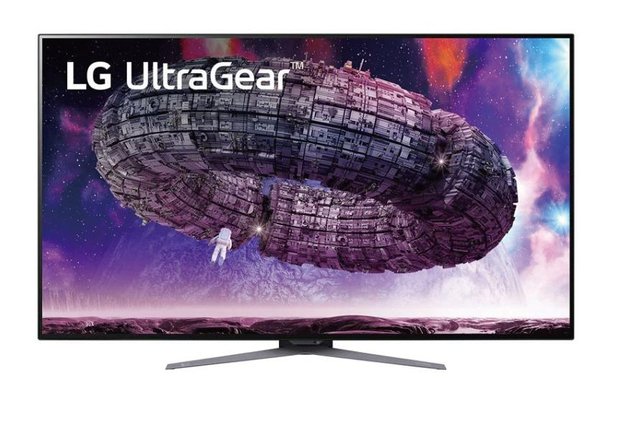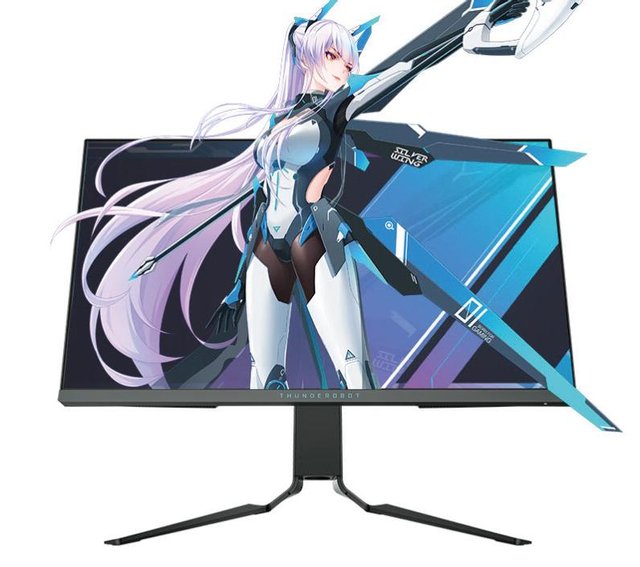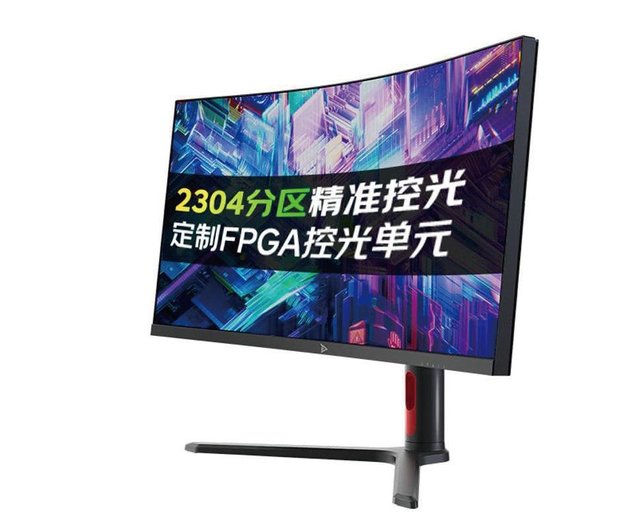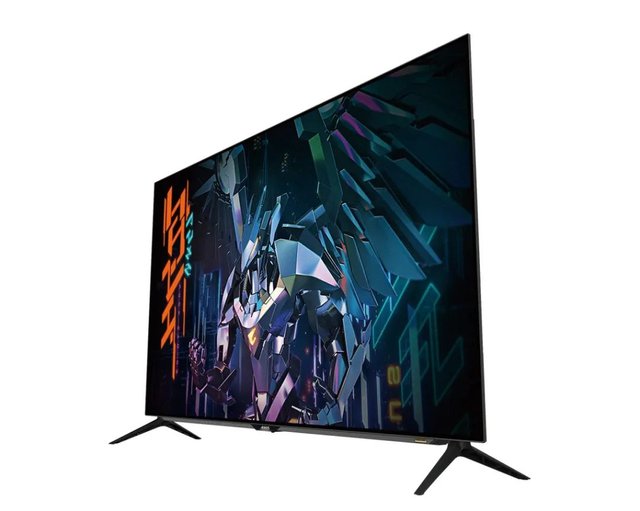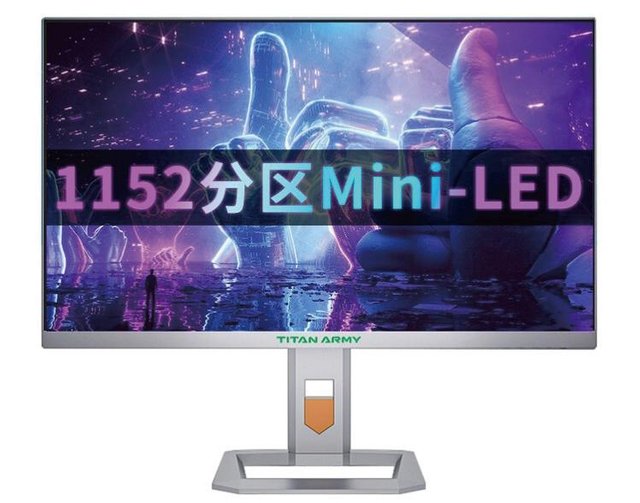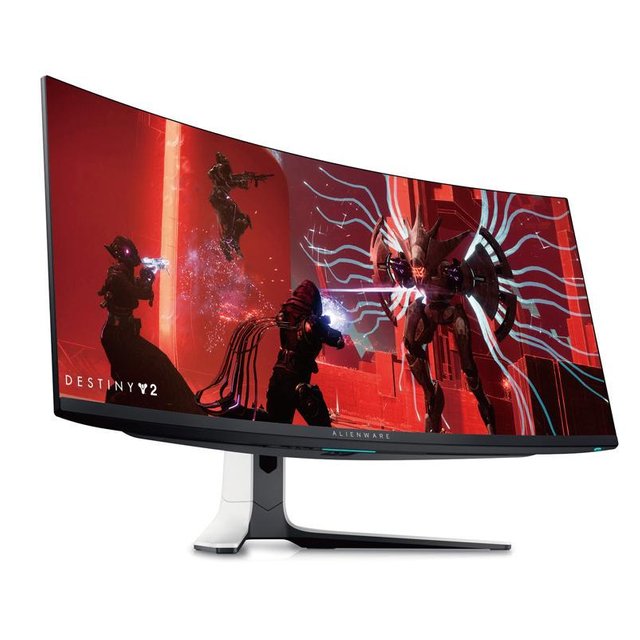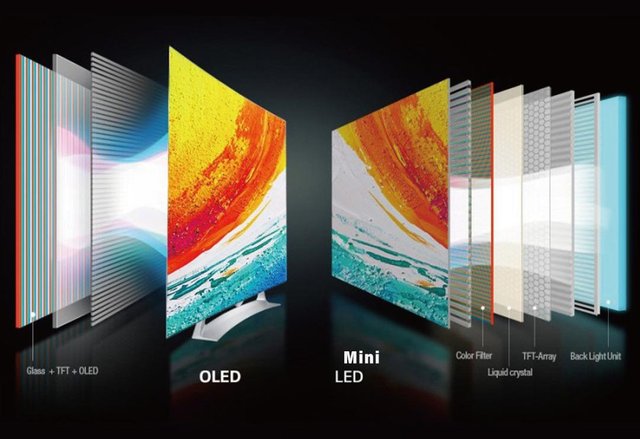The main difference between Mini LED and OLED products lies in their characteristics and application scenarios. Here is a detailed comparison:
1、 The main uses of Mini LED products
Professional image processing: Mini LED displays have high contrast and high color gamut coverage, which can present more realistic and vivid images. Therefore, they are very suitable for professional image processing fields such as photography and video editing that require precise color reproduction and high contrast.
Game entertainment: Mini LED displays have high refresh rates and fast response speeds, providing a smooth gaming experience, especially suitable for games and esports that require high dynamic scenes.
Office applications: For office environments that require prolonged exposure to computers, Mini LED displays can alleviate eye fatigue and improve office efficiency. Its excellent brightness and contrast are also suitable for high-precision work such as design and drawing.
Medical equipment: The high brightness and clarity of Mini LED displays make them widely used in the medical field, such as medical imaging diagnosis and display equipment in operating rooms.
Cinema screening: The excellent picture quality and brightness performance of Mini LED displays also make them an ideal choice for cinema screening, providing a more realistic imaging experience.
2、 The main uses of OLED products
Advertising promotion: OLED splicing screens have the characteristics of high brightness, high contrast, etc., which can attract more consumers' attention, thereby increasing the exposure and conversion rate of advertisements. OLED splicing screens can be used for advertising and promotion in shopping malls, supermarkets, exhibition halls, and other places.
Business conferences and exhibitions: OLED splicing screens can achieve multi screen linkage, presenting more vivid and intuitive display effects, improving the efficiency and participation of conferences. Meanwhile, its high color saturation and refresh rate make it suitable for commercial displays, product launches, and other occasions.
Teaching display: OLED screens can present clearer and more vivid teaching content, enhancing students' interest and effectiveness in learning. Therefore, it is very suitable for teaching exhibitions in schools, training institutions, and other places.
Entertainment applications: OLED screens in cinemas KTV、 It has a wide range of applications in entertainment displays in hotels and other places. Its high brightness, high contrast and other characteristics can present more stunning and realistic image effects, improving the audience's viewing experience and satisfaction.
3、 Summary
Brightness and Contrast: Mini LED performs better in brightness and contrast control, making it suitable for applications that require high brightness and contrast.
Color and viewing angle: OLED has advantages in color reproduction and viewing angle, making it suitable for applications that require high color accuracy and multi angle viewing.
Cost and lifespan: Mini LED has relatively more advantages in manufacturing cost and equipment lifespan, making it suitable for consumers who have requirements for price and durability.
Design and Flexibility: OLED performs better in terms of design and flexibility, allowing for diverse designs such as ultra-thin and curved designs, making it suitable for users pursuing future display technology and ultra-thin designs.
In summary, the main difference between Mini LED and OLED products lies in their characteristics and application scenarios. Consumers should consider their needs and budget comprehensively when making choices.
